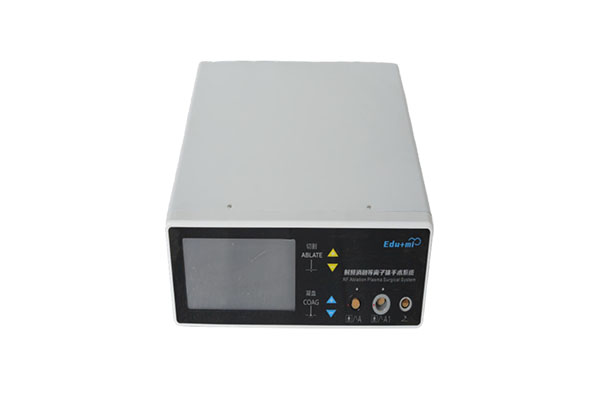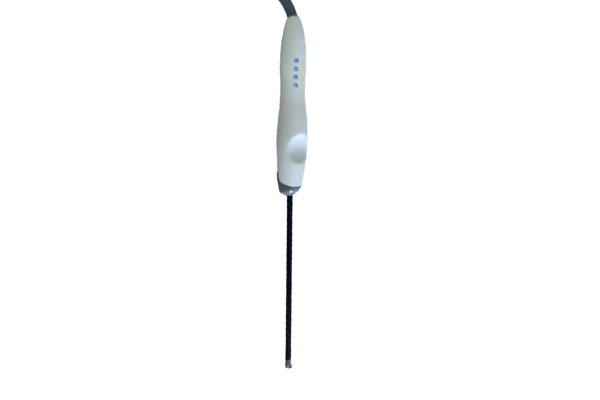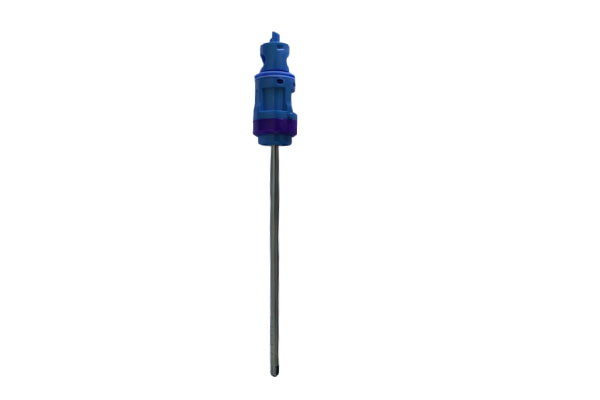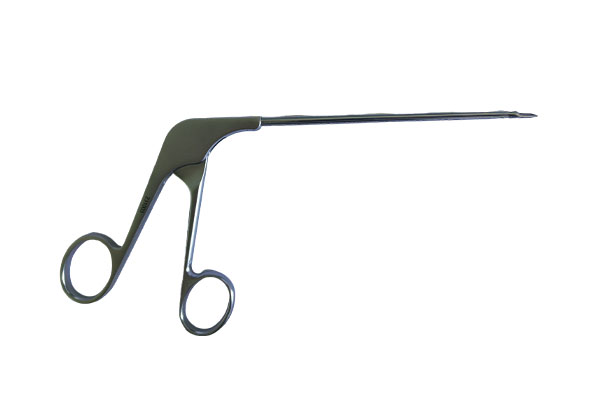How does disposable planing blade ensure a sterile environment during surgery or operation, thereby reducing the risk of cross infection?
Release Time : 2025-01-15
In the medical field, a sterile environment during surgery is the key to ensuring patient safety. As an important part of modern medical tools, disposable planing blade plays an important role in ensuring a sterile environment during surgery or operation and reducing the risk of cross infection through its unique design and use.
The main feature of disposable planing blade is that it is discarded after a single use and is no longer reused. This feature fundamentally avoids the risk of transmission of bacteria, viruses or other microorganisms caused by reuse. Traditional medical devices may still have residual microorganisms after multiple uses, even after strict cleaning and disinfection processes, increasing the possibility of cross infection. The disposable planing blade completely avoids this problem and ensures a sterile environment during surgery.
In addition, disposable planing blades undergo strict sterile processing during manufacturing. This includes cleaning, disinfecting and packaging the knives on the production line to ensure that they are completely sterile before use. This specialized sterile processing process further reduces the risk of infection during surgery and provides patients with a higher level of safety.
During surgery or operation, the use of disposable planing blade is also extremely convenient. Medical staff only need to open the package before surgery, take out the planer and use it, without complicated cleaning and disinfection preparation. This not only saves surgical preparation time, but also improves surgical efficiency. At the same time, because the design of disposable planing blade is usually lighter and easier to operate, medical staff can focus more on the operation itself, thereby improving the accuracy and safety of the operation.
However, it is worth noting that although disposable planing blade has many advantages, the large amount of waste after its use also puts a certain pressure on the environment. Therefore, in medical activities, medical staff should weigh the pros and cons of disposable medical devices and reusable medical devices according to actual conditions and needs, and choose to use them reasonably.
In general, disposable planing blade provides strong guarantees for ensuring a sterile environment and reducing the risk of cross infection during surgery or operation through its characteristics of being discarded after a single use, strict aseptic processing procedures and convenient use. This innovative medical tool not only improves the safety and efficiency of surgery, but also paves the way for patients' recovery. In the future, with the continuous advancement and innovation of medical technology, we have reason to believe that disposable planing blade will play its unique role in more fields and make greater contributions to human health.
The main feature of disposable planing blade is that it is discarded after a single use and is no longer reused. This feature fundamentally avoids the risk of transmission of bacteria, viruses or other microorganisms caused by reuse. Traditional medical devices may still have residual microorganisms after multiple uses, even after strict cleaning and disinfection processes, increasing the possibility of cross infection. The disposable planing blade completely avoids this problem and ensures a sterile environment during surgery.
In addition, disposable planing blades undergo strict sterile processing during manufacturing. This includes cleaning, disinfecting and packaging the knives on the production line to ensure that they are completely sterile before use. This specialized sterile processing process further reduces the risk of infection during surgery and provides patients with a higher level of safety.
During surgery or operation, the use of disposable planing blade is also extremely convenient. Medical staff only need to open the package before surgery, take out the planer and use it, without complicated cleaning and disinfection preparation. This not only saves surgical preparation time, but also improves surgical efficiency. At the same time, because the design of disposable planing blade is usually lighter and easier to operate, medical staff can focus more on the operation itself, thereby improving the accuracy and safety of the operation.
However, it is worth noting that although disposable planing blade has many advantages, the large amount of waste after its use also puts a certain pressure on the environment. Therefore, in medical activities, medical staff should weigh the pros and cons of disposable medical devices and reusable medical devices according to actual conditions and needs, and choose to use them reasonably.
In general, disposable planing blade provides strong guarantees for ensuring a sterile environment and reducing the risk of cross infection during surgery or operation through its characteristics of being discarded after a single use, strict aseptic processing procedures and convenient use. This innovative medical tool not only improves the safety and efficiency of surgery, but also paves the way for patients' recovery. In the future, with the continuous advancement and innovation of medical technology, we have reason to believe that disposable planing blade will play its unique role in more fields and make greater contributions to human health.







